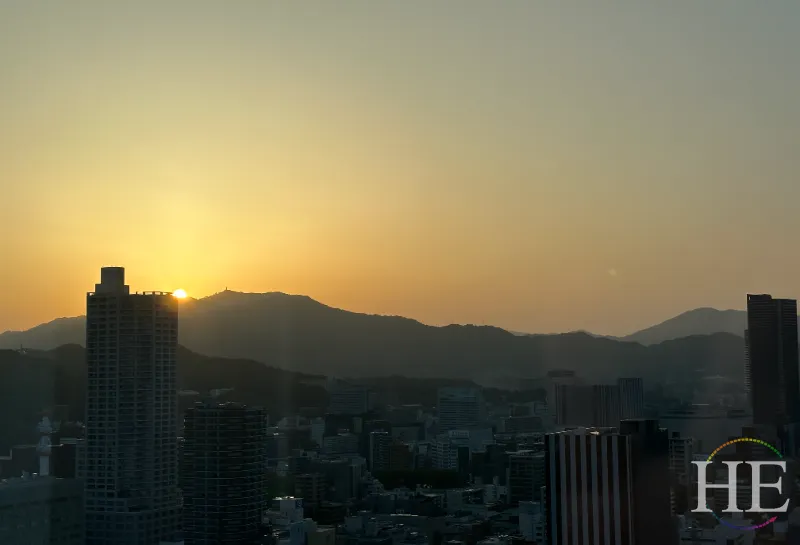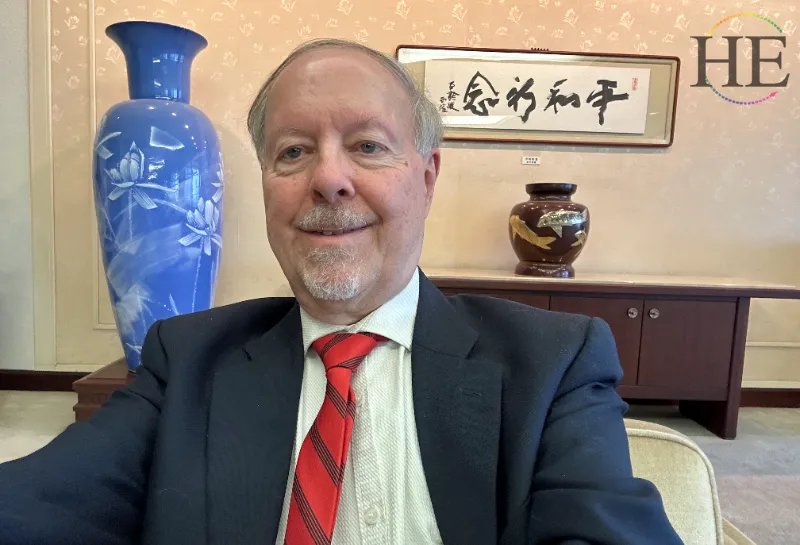Experiences that Bring Us Together
Along with our mostly gay travel group tours, HE Travel works with a wide variety of private groups to create meaningful travel experiences. My most recent trip was a concert week in Hiroshima, Japan.

In this time with so many headlines about divisions around the world, travel has the unique role of helping to bridge differences between people. When we are at home, we spend much of our time with others from our various “tribes”. Our tribe members typically share many of our beliefs, whether religious, political, sports teams, family status, sexual orientation, or other attributes.
When we travel, we’re alone with our diverse group of fellow travelers and receive the hospitality of numerous strangers. When we join with people from other tribes, our shared experiences transcend our differences.
Music Bringing Peace in Hiroshima
I recently enjoyed such a transcendent experience thanks to the generosity of the people of Hiroshima, Japan. Out of the ashes of the atomic bomb, Hiroshima’s survivors looked for ways to build for the future. Their goal was to feature the joy and pride of each generation after the war. This allowed them to move on from what was done to them. They of course had no role in the far-away decision to drop the bomb – except as victims.
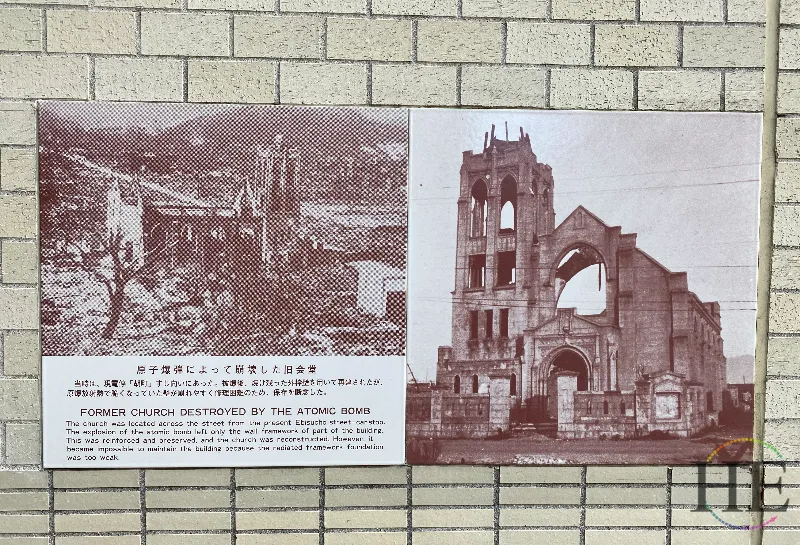
One of these organizations is called Music Brings Peace. It was created by a family that did well financially during the rebuilding of Hiroshima. They then chose to reinvest their profits in the community. Every year they sponsor musical events displaying musical harmony overcoming the discord of the past.
Music Brings Peace invited alumni of the Harvard Glee Club and the Kyoto University Glee Club to visit Hiroshima. They planned a joint May 2024 concert and performance at a church service. The organizers wanted to build on the 11 previous choral collaborations of the two groups since 1990. Previous concert venues included Kyoto, Cambridge, Nagasaki, Honolulu, San Francisco, and Sendai following the 2011 earthquake and tsunami.
As a Harvard Glee Club alumnus and travel professional, I spent a year working with colleagues in Japan and the US to organize the concert and make travel arrangements. Then during our week in Hiroshima, I enjoyed taking my place among the Second Tenors!
Concert Venues Built from the Ashes
Our main concert venue was Gaines Hall at Hiroshima Girls School. Christian missionaries founded the school in 1886 to offer a Christian education to girls. The memorial to 350 students and teachers lost in the bombing contrasts with the animated conversations of today’s students.
We also sang at the Nagarekawa Church, founded near the Girls School by American Methodist missionaries in 1887. An iconic post-bombing photo shows a field of rubble surrounding the defiant soaring arches of the pre-war church building. Today’s congregation worships in a new building nearby. The charred cross above the altar and a blackened bell on the sanctuary wall provide silent memorials to the Christian church members lost in the conflagration.
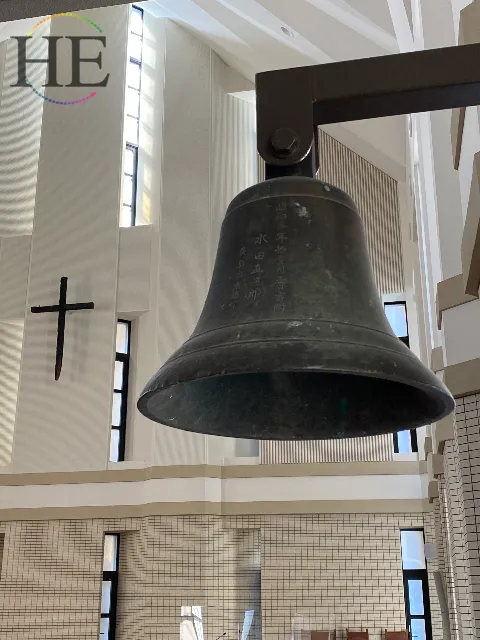
An Inspiring Concert Program
Conductors Harris Ipock from Harvard and Fujita-san and Fujino-san from Kyoto selected an eclectic mix of music. Our Tenor and Bass choruses first performed on our own, then jointly for the second half of the concert. In between, a local chorus sang a piece called Song of the Earth that captures Hiroshima’s evolution from a farming and fishing village through today. Hiroshima’s mayor sang with this chorus. We also met him at a formal meeting in his office and at our farewell banquet.
Our choruses sang folk songs from both the American and Japanese traditions, including the Kentucky folk song Down in the Valley, Shenandoah, the Japanese children’s song Sakura Sakura (a special arrangement composed for our two choruses), and a Japanese traditional sea chanty with soloists from each chorus.
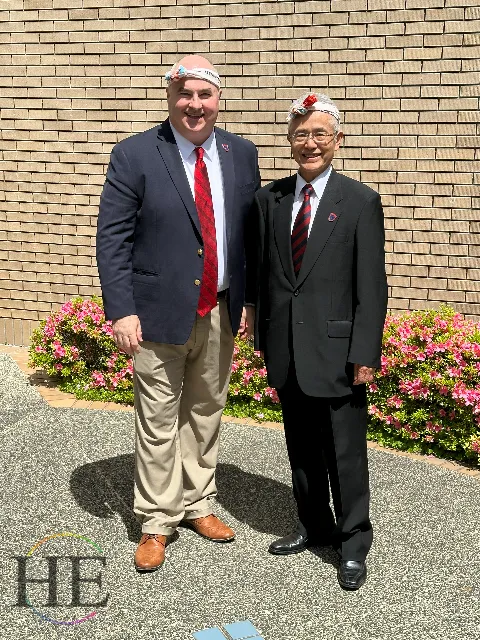
On the more serious side, we sang Spaseniye Sodelal, a piece originally written for Ukrainian Orthodox monks. We continued with Hana wa Saku (Flowers Will Emerge), written by a Japanese composer to look for hope in the aftermath of the 2011 earthquake and tsunami.
A particularly meaningful song for me was a piece called The
Innocence, from the extended work Considering Matthew Shepard, by
Craig Hella Johnson. It reflects on the sad legacy of Matthew’s murder, but
with the hope of avoiding such an event happening again. It was powerful to remember
the innocence lost as Matthew died alone in a Wyoming field as we sang under a
cross dedicated to the people of Hiroshima who died alone on that fateful day
in 1945.
Peace Park Children’s Memorial
The event that most captured the spirit of the week for me was singing in front of the Hiroshima Peace Park Children’s Memorial. We sang Beati Mortui, a piece by Felix Mendelssohn honoring the dead. During past visits to Hiroshima, I’ve seen children singing at this spot, and I wanted to share that feeling with my fellow Glee Club members.
So early one morning, sons of World War II veterans from both the Japanese and American sides came together in honor of the children lost that fateful day. The bomb brought such destruction to Hiroshima but signaled the impending end of the war. We shared the hope that our fathers would have been proud to see their children create decades of peace and friendship between our countries.

For me personally, that song brought me full circle. Just over 50 years ago, I first sang in Japan with the Waseda University High School Glee Club as an AFS exchange student. Now I have returned to sing with the many generations of school children who have paused in front of this statue. Each of us in turn brought our songs and strings of paper crane origami to this spot to honor the lost children, with the determination to make sure this never happens again.
